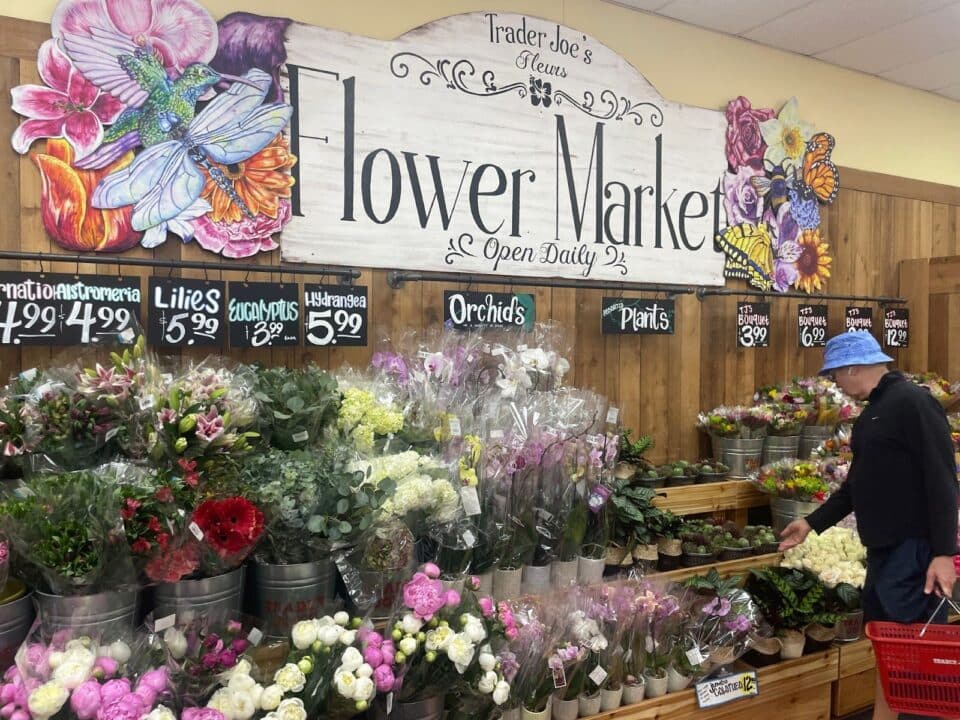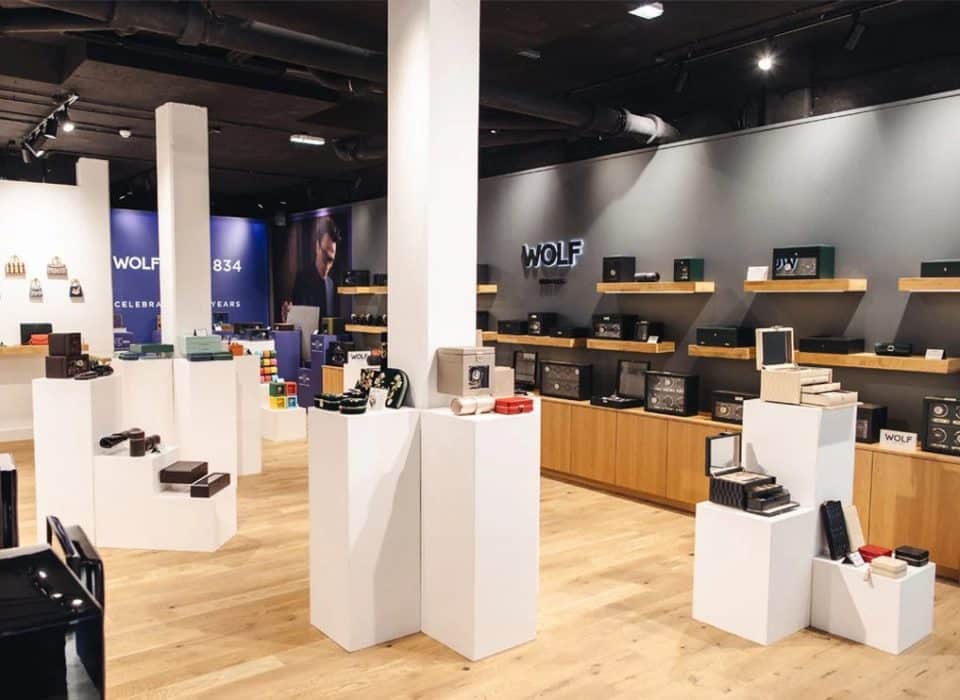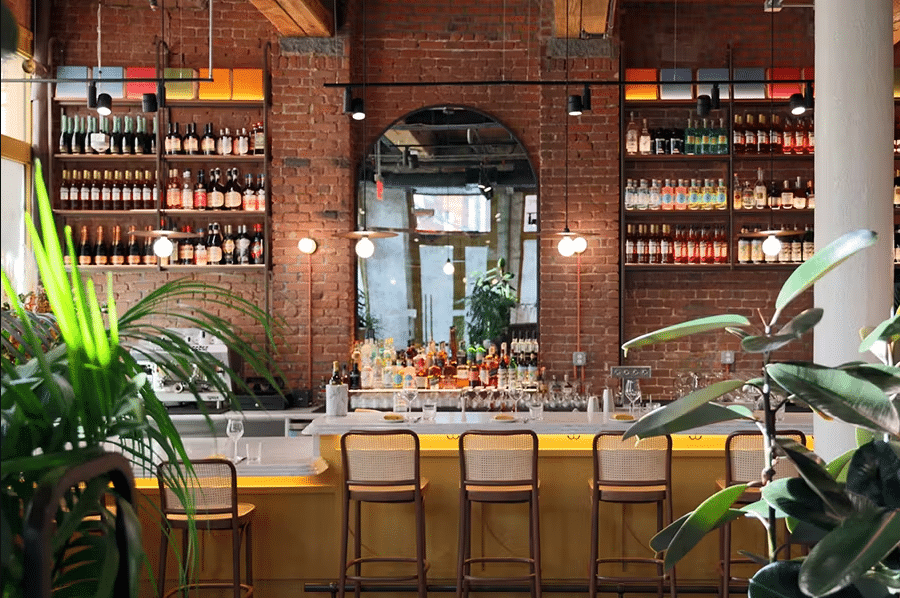Trader Joe’s, and the renewed magic of handwriting in retail

For all the remarkable things about Trader Joe’s success in the US, the stand-out characteristic for me are the hand-written shelf labels and hand-painted signs in every store.
In each and every one of the more than 500 grocery stores across the US, someone’s full-time job is writing labels and painting signs.
It’s a commitment to analog that is very much part of this wonderful, idiosyncratic business.
But it shouldn’t be written off as a nice, peripheral trend – because suddenly, everywhere I go, handwriting is back.
So why is it having a moment?
In the screen age, analog feels special
It’s sometimes said that there are three broad types of handwriting – and sometimes it’s suggested there are five.
These broad categories include terms like cursive and print, and range in terms of their angularity and softness.
In reality, these are vague groupings at best – and all handwriting styles are different. In fact it’s often believed each style is unique, hence the extent to which handwriting has historically been used as evidence in criminal trials (fans of true crime docs know all about this).
Meanwhile, the digitisation of communication is in effect the exact opposite. It’s a homogenisation of text, where the only differentiation is whether you use Times New Roman or Arial.
What’s fascinating is that the complete dominance of digitisation within all walks of life – including in-store communication – has suddenly created a world where a simple bit of handwriting feels distinctive and almost special.
And it isn’t just outside indie coffee shops that it’s happening.
To read the rest of this post, subscribe to our Substack newsletter for free.
Subscribe to the Insider Trends Substack newsletter to get to exclusive insights that we don’t share anywhere else. You can expect more detailed thoughts on the trends we are seeing around the world at the frontline of new retail concepts and what it all means.



